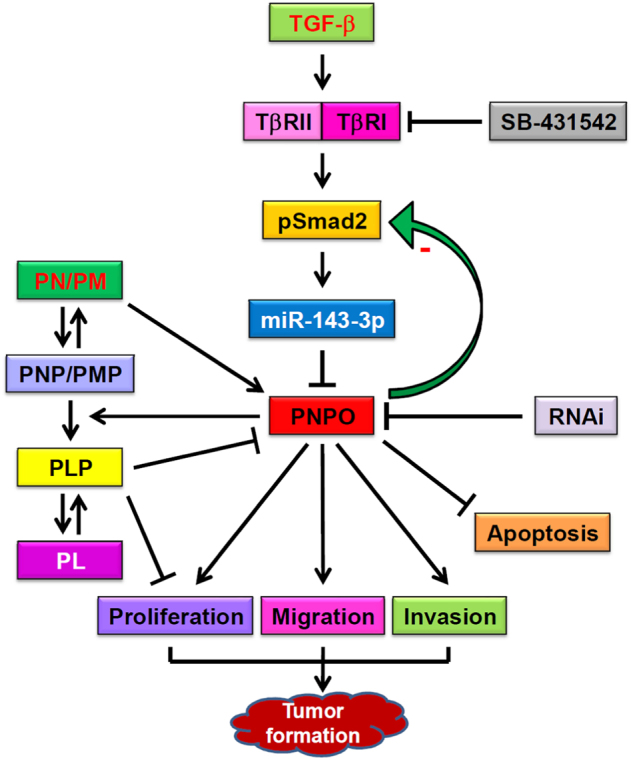Fig. 8. Schematic illustration of the mechanism of PNPO regulation and the intracellular conversion of vitamin B6 vitamers in ovarian cancer cells.

TGF-β1 binds to its type II receptor and recruits type I receptor to form a receptor complex, which then phosphorylates and activates intracellular transducer protein Smad2. MiR-143-3p is upregulated upon TGF-β1 stimulation and interacts with the 3′-UTR of PNPO mRNA, leading to a downregulation of PNPO expression. Blocking type I receptor by SB-431542 abolishes the TGF-β action. PNPO is upregulated in epithelial ovarian cancer cells. Knockdown of PNPO by RNA interference results in the inhibition of cell proliferation, migration and invasion, the induction of apoptosis, the retard of tumour formation and a negative feedback loop with Smad2 phosphorylation. Dietary pyridoxine (PN) and pyridoxamine (PM) serve as the main source of pyridoxine 5′-phosphate (PNP) and pyridoxamine phosphate (PMP). PNP and PMP are then converted to pyridoxal 5′-phosphate (PLP), an active form of vitamin B6, by the catalysing enzyme - pyridoxine 5′-phosphate oxidase (PNPO). PLP is finally hydrolysed to pyridoxal (PL). Increased PLP inhibits PNPO expression and cell proliferation
